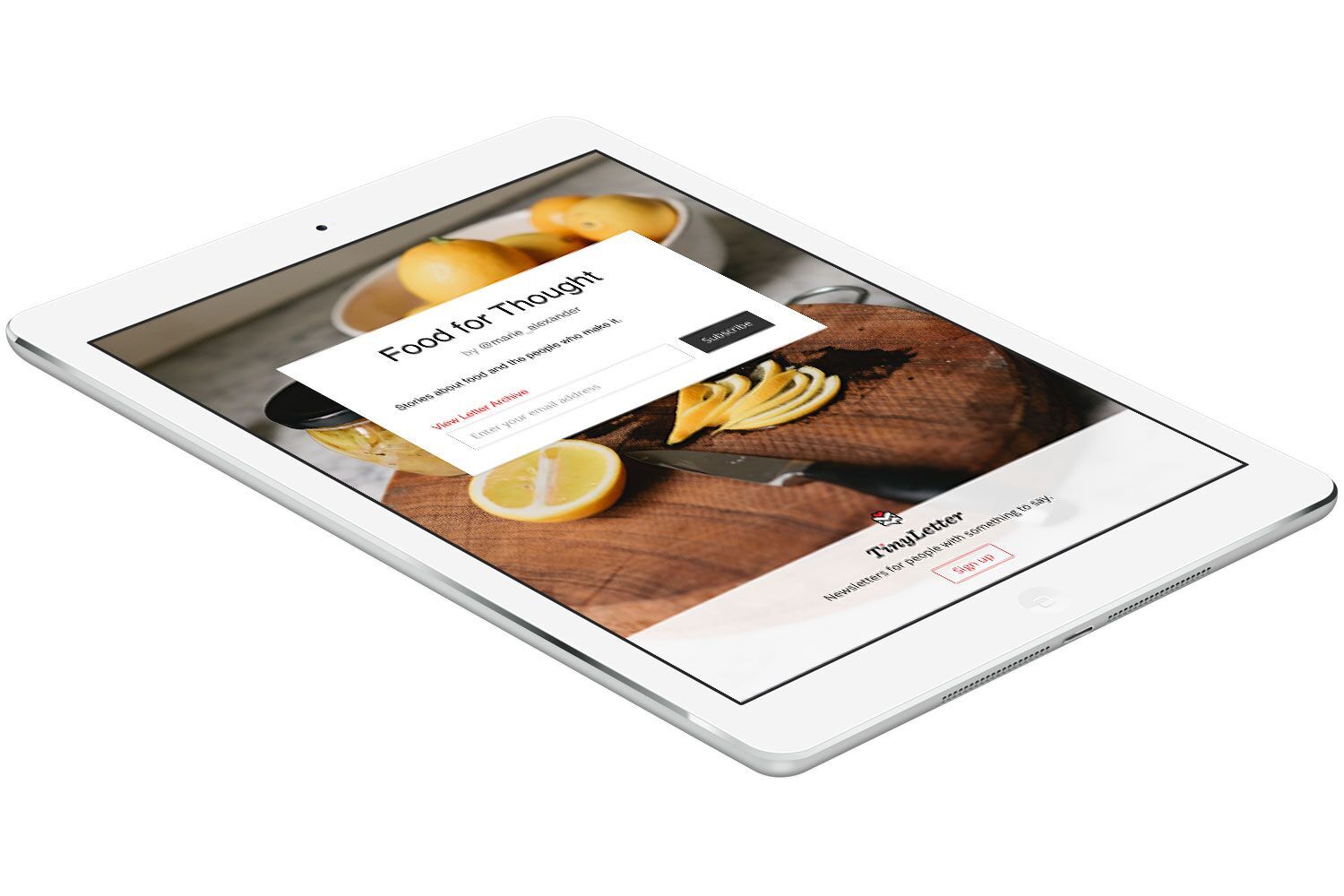Build An Audience For Your WordPress Site With Email Newsletters

A major factor in the re-evaluation of newsletters is that email clients have become better at categorizing and filtering inboxes, and services like Unroll.me have made it easier to maintain a strict separation between signal and noise. But, the most important factor is the number writers and publishers putting serious effort into creating great newsletters.
Every morning over coffee, I open my email client (Google’s Inbox for the moment) and read every word of seven or eight excellent newsletters — New York Times, the Quartz Daily Brief, and NextDraft for news; and a limited number of newsletters with proven value to my job.
It’s a ritual that has replaced my morning trawl through Twitter, Facebook, and my feed reader. Newsletters are finite and contained. A person with taste and expertise is doing the hard work of filtering content and providing me with a limited selection of the most interesting content around. In an age of unlimited feeds and streams, it’s a valuable service.
And, as Jessica Grose points out, email is a more direct and intimate form of communication than social networks:
“The word I use over and over again is intimacy. What’s special about the email format is that it is intimate … There is none of that noise that is interrupting you when you’re writing in an email format, and when you’re reading it. Email is a break from the noise of social media.”
Newsletters — once a source of informational junk — have become a useful bastion against information overload, reflecting a shift in marketing that has been building over the last couple of years. Influence is more valuable than views. Engagement is more valuable than clicks. And a committed qualified audience is far more valuable than a dashboard of meaningless metrics such as Facebook Likes and Retweets.
Email newsletters are the perfect medium for a value- and content-driven approach to building influence.
They’re also easier to create and manage than ever before.
TinyLetter — which is owned by MailChimp — is a popular solution for quickly and easily building small-circulation email newsletters. TinyLetter was created to make managing an email newsletter as simple as possible. It doesn’t have all the features of MailChimp-proper, but it is very easy to use and designing a beautiful newsletter is a breeze. TinyLetter provides a customizable sign-up form to embed on your site, and it can also be integrated with Twitter’s Lead-Gen cards for sign-ups from within users’ Twitter streams. TinyPress isn’t suitable for bloggers who intend to monetize their newsletters or those who need advanced analytics — if you do, you’re better off with MailChimp — but for most bloggers who want to build an audience, TinyPress is a great option.
For WordPress users, there are several options for creating a newsletter within your site’s admin interface. The MailPoet plugin is a popular choice — it offers a full-range of features that include a drag-and-drop editor, automatic sending of recent WordPress posts, and a simple sign-up widget. MailPoet integrates nicely with a number of different email services, including Gmail, Mandrill, Amazon SES, and many others.
For bloggers, including business bloggers, a well-written and thoughtful email newsletter can be a valuable audience-building tool to supplement social media and on-site publication.



